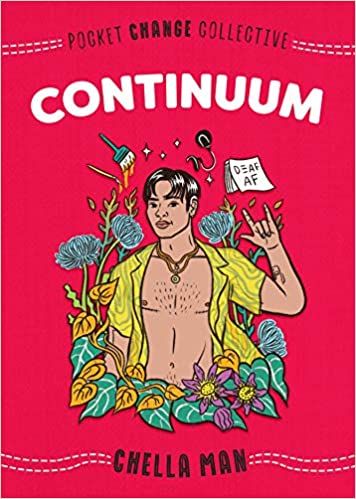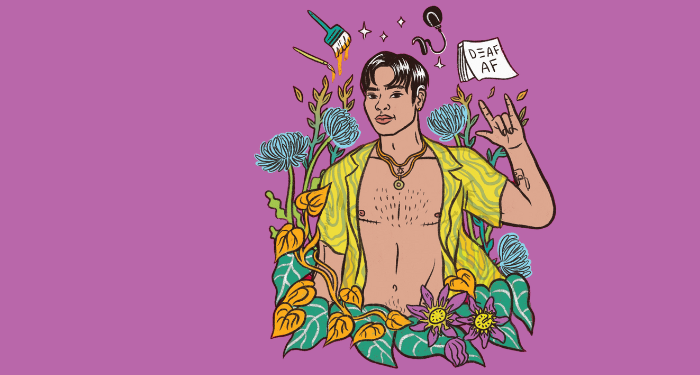This content contains affiliate links, if you purchase through these links we may earn an affiliate commission.
July is Disability Pride Month, celebrating the anniversary of the signing of the Americans with Disabilities Act (ADA) in 1990. Approximately one in four Americans has a disability, representing “all abilities, ages, races, ethnicities, religions, and socioeconomic backgrounds.” Despite how common disability is, people with disabilities are still underrepresented in media of all kinds, including books. This is especially true when looking at intersectional representations of disability, such as queer and transgender people with disabilities and people of color with disabilities.
Today I’ve put together a list of books written by or about disabled people to read during Disability Pride Month and throughout the year. Each of these books completes a task in the 2024 Read Harder Challenge. Task 12: Read genre books (SFF, horror, mystery, romance) by disabled authors already falls under this, so check that list of recommendations for more information. If the book isn’t about the author’s own disability, I’ve linked the author’s name to an interview or profile where they disclose that they are disabled.


“Continuum” by Chella Mann and illustrated by Ashley Lukaszewski
For a while now, I’ve been thinking about what to read for Task 15, “Reading Young Adult Nonfiction Books,” and I realized that the Pocket Change Collective series is all young adult nonfiction. As the title suggests, these are “small books full of big ideas” on topics like borders, queerness, gender, race, art, environmentalism, and the internet. In this book, Chella Man talks about her life as a deaf, genderqueer, pansexual, Jewish person of color and why all identities are on a continuum. We are always discovering new things about ourselves.


Disability: Fairy Tales, Disability, and Making Space by Amanda Leduc
Disability is often associated with villainy in popular media. Think of characters you’ve seen on screen who have scars, crippled limbs, eyepatches or use canes. How many of these characters are the protagonists of their stories? This tendency dates back to fairy tales, argues Leduc in this literary criticism book. How do these depictions affect how disabled people are perceived and treated today? The book is also Leduc’s memoir of his own experience with disability. It’s a great choice for Task 20: Read a book about books (fiction or non-fiction).
These are just a few of the books to read during Disability Pride Month, and are also good for the Read Harder Challenge in 2024. What are you reading during Disability Pride Month? Let’s chat in the comments!
You can see all previous 2024 Read Harder posts here.
Our comments section is moderated according to our Community Guidelines, so please check them out to help maintain a safe and supportive reader community.

